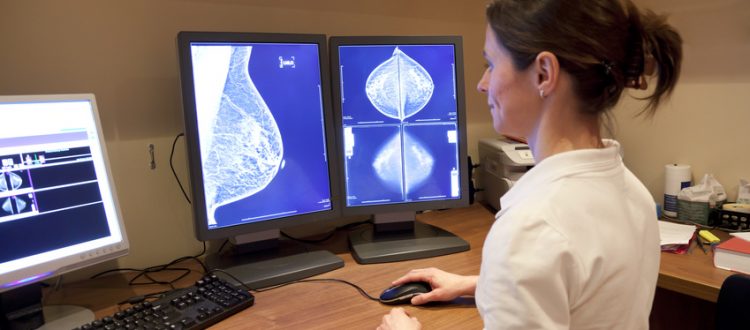A Common Diabetes Drug Could Treat a Deadly Form of Breast Cancer
A common diabetes treatment could also be effective in fighting a deadly form of breast cancer. This is according to a new Chinese study published in The Journal of Experimental Medicine.
The researchers started by looking at AKR1B1, a metabolic enzyme that promotes the development of basal-like and triple-negative breast cancer, according to a report in United Press International. Basal-like breast cancer, which impacts 15 to 20% of breast cancer patients, is often fatal, as it currently does not have an effective treatment.
This form of cancer is more aggressive because of a process called epithelial-mesenchymal transition, or EMT. EMT changes the properties of the cancer cells, making them more resistant to treatment and allowing the cancer to spread to other parts of the body more easily.
The researchers investigated the properties and behavior of epalrestat, a drug used to treat diabetic nerve damage. They discovered that epalrestat inhibited the behavior of AKR1B1 and prevented the growth and spread of basal-like cancer cells, UPI reports.
This discovery could be significant in future cancer research, researcher Chenfang Dong, of the Zhejiang University School of Medicine, said in a press release.
“Our data clearly suggests that AKR1B1 overexpression represents an oncogenic event that is responsible for the aggressive behaviors of basal-like breast cancer cells,” he said. “Since epalrestat is already on the market and has no major adverse side effects, our study provides a proof of principle that it could become a valuable targeted drug for the clinical treatment of basal-like breast cancer.”
In the United States, almost 260,000 cases of invasive breast cancer will be diagnosed this year, according to estimates by The American Cancer Society. In addition, roughly 60,000 women are diagnosed with non-invasive breast cancer each year.
This is compared to the 1.4 million people who receive a diabetes diagnosis annually. As this new research progresses, these patients could eventually be receiving related treatments.

